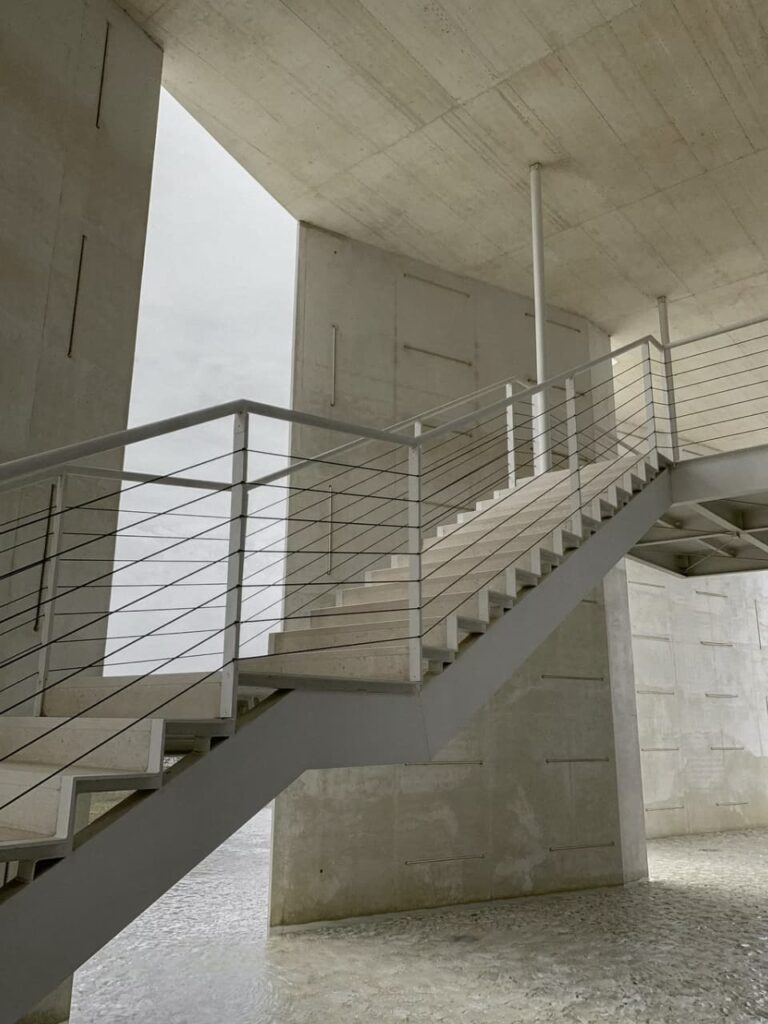🍐 我们总结了多伦多代写中—— Response Essay代写的经典案例,如果你有任何代写的需要,可以随时联络我们。CoursePear™ From @2009。
In this section you will find some questions that may help you study for the topic:
Sedimentary processes
Composition of sedimentary rocks (mineralogy, rock fragments)
Classification of Sedimentary rocks
Study Questions:
How do sediments form? Which five major processes are included in the sediment formation?
Name and summarize the most important processes of chemical and physical weathering and their products (example).
Which minerals would be more or less stable during sedimentary processes (e.g. weathering, erosion, transport, deposition)? Explain why that is so.
Which are the common erosion/transport agents and how do they erode and transport materials?
What criteria influence erosion, transport and deposition of material by water/wind?
What type of information can the Hjulstrom Diagram provide you with? Describe its use on a couple of examples.
Why it is harder for water/wind to erode clay-size particles compared to sand size particles?
Which would be transported longer (even if water flow strength decreases), 1. clay-size particle, 2. sand-size particle, 3. cobble-sized fragment? Explain why that is so.
By which mechanisms does water erode and transport material? See related terminology: fluvial, aquatic, marine, lacustrine
By which mechanisms does wind erode and transport material? See related terminology: Aeolian or Eolian (both acceptable)
Roughly, what type of sediment (grain size/weight .. e.g. sand vs. cobbles) are possibly moved by 1) running water (down a river, streams) versus 2) along ocean coast / lake margin (wind/storm driven waves) 3) versus currents in the deep ocean/deep lakes? Why is that?
What particle size is most likely to be moved by wind? Boulders? Yes/No, Why?
Can glaciers and ice sheets erode, transport and deposit material? If yes, how and name a couple of examples.
Which factors might trigger mass wasting events?
What is the difference between the mass wasting processes: “flows”, “slides” and “falls”?
How does sedimentary material change due to transport and why is that?
What is the difference between mature and immature sediments?
How are the following different from each other? planar bedding, crossbedding and ripples. How is each feature formed?
Why does grading in sediments occur? What can grading tell you for example of water flow energy and sedimentary processes?
How do scour and tool marks form.
What type of information can trace fossils give you?
Have a general idea about the different depositional environments and which sediments/sedimentary rocks would form.
Have a general idea what is a “low energy” versus “high energy” depositional environments.
Which type of sediment would be deposited in 1) a “high energy” environment in contrast to a 2) “low energy” environment?
For example, where would a horizontal laminated/bedded muds be deposited in contrast to a sand with ripples?
Which processes are included in lithification of sediments?
Name the grain sizes by which (silici-) clastic sediments are classified?
What is the difference between a conglomerate and a breccia?
How can limestone be formed?
In an ocean, at which depth level (in meters from the water surface down) would you expect to find organisms doing photosynthesis? Look up the term “photic zone”.
Why is the photic zone important for us now and through our planets history?
FOSSILS
How organisms will turn into fossils.
Characteristics and classification of the most important fossilized organisms.
Study Questions:
What is a fossil?
What types of fossil preservation are there?
How can different fossils tell us about the paleoenvironment
What types of information do we get from fossils?
How can fossils help us during geologic investigations and why is that so?
CoursePear™是一家服务全球留学生的专业代写。
—-我们专注提供高质靠谱的美国、加拿大、英国、澳洲、新西兰代写服务。
—-我们专注提供Essay、统计、金融、CS、经济、数学等覆盖100+专业的作业代写服务。

CoursePear™提供各类学术服务,Essay代写,Assignment代写,Exam / Quiz助攻,Dissertation / Thesis代写,Problem Set代做等。
